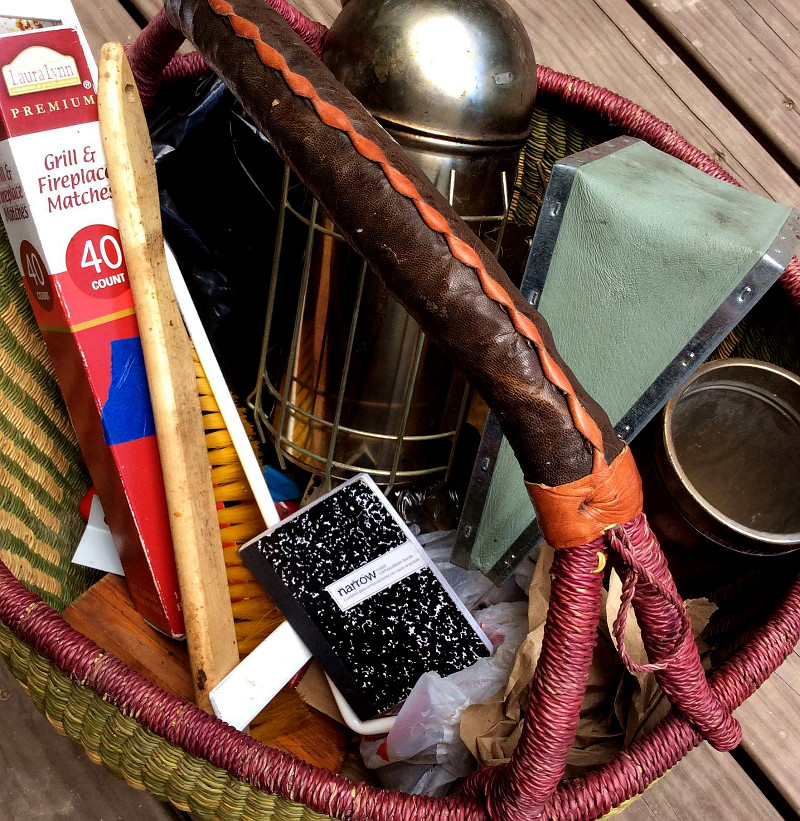
Lists are my thing. I’ve been making lists since I was about 8 years old (maybe younger) to keep track of all the things I had floating around in my head. As I aged through school, list making and record keeping became a really useful skill. As I grew from a child using pen and paper to a teen discovering the internet, and then a young adult watching phones progress from speaking devices with curly cords into tiny portable computers, my world of keeping lists changed forever.
As a beekeeper, however, I still use pen and paper when it comes to keeping records.
Record keeping is best practice for beekeepers. Especially as a new beekeeper, when you feel you couldn’t possibly forget a single incredible moment with your bees, it’s easy to brush off this good habit. But even those of us with good memories will still miss or forget something. And when your apiary grows, the habit of record keeping will be well established, helping to keep you organized as you bounce from hive to hive.
Here are some good events to keep on record. And remember, your notes need not be complex or detailed.
- Date of package installation, or date of nucleus colony establishment.
- Date you caught and hived a swarm.
- Dates of inspections and notable sightings: Where was the queen? What did the brood pattern look like? Anything concerning to note?
- Dates and methods of treatments, if applicable.
- Number of pests and populations of varroa mites (with date of inspection, of course).
- Date of honey harvest and amount collected (always note how much and what varieties came from which hives).
- Quick to-do list after an inspection. (It’s always easier to remember what you need to do after you’ve just finished not doing it.)
- Follow-up inspection results.
- List of equipment to buy, notes of replacement parts, or items that need repairing.
If your hives are strong and healthy, and all is chugging along smoothly, you won’t need to make note of even half of the above subjects. But having a guide, even if it’s one you’ve provided to yourself, will help you be ready and waiting for unexpected events, whether it be a swarm in May or an oversupply of honey in August.
Beekeepers today have no good reason not to keep records. Whatever method you fancy is yours for the taking. And our record-keeping devices aren’t simply for jotting down notes: Snap photos of your hives to look back on later. Store those photos with your electronic notes. Share them with your beekeeping club. You can also print large photos for classes you may teach, to enter into the State Fair, or to educate enthusiastic friends, relatives or your budding beekeeping children who haven’t had the privilege of being in a live hive of bees. With your device, record the sounds of virgin queens piping, then post them to your Instagram, SnapChat, Facebook or other social media platform to share your love of honeybees with the world. I guarantee that you’ll look back and be glad you did.




